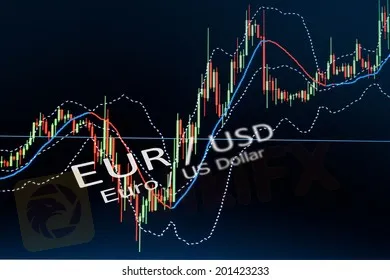简体中文
繁體中文
English
Pусский
日本語
ภาษาไทย
Tiếng Việt
Bahasa Indonesia
Español
हिन्दी
Filippiiniläinen
Français
Deutsch
Português
Türkçe
한국어
العربية
EUR/USD bears take control in a risk-off start to the week
Abstract:Additionally, a Russian attack on Ukraine is creating angst in financial markets as tensions mount up as per the weekend headlines:

EUR/USD is pressured in a risk-off start to the week.
Russia, the Fed and US data are the standout themes.
EUR/USD is under pressure in the opening session for the week and easing off from 1.1345 highs to 1.1332 as risk-off continues on the back of Friday's bearish close on Wall Street. Asian markets are lower on Monday with the Federal Reserve expected to confirm it will soon start draining the massive liquidity that has fulled stock markets for years.
US orders families of all American embassy staff in Kyiv to leave Ukraine
Russia/Ukraine tensions rising: British gov says it has uncovered a plot by Moscow to install a pro-Russian leader in Kiev
The New York Times reported President Joe Biden was considering sending thousands of U.S. troops to NATO allies in Europe along with warships and aircraft. The news is hurting MSCI's broadest index of Asia-Pacific shares outside Japan (.MIAPJ0000PUS) that eased 0.1% and sent Japan's Nikkei 1.0% lower.
FOMC in focus
Meanwhile, the markets have been trading cautiously ahead of this weeks FOMC statement. Analysts at ANZ bank explained that they are doubtful that the Fed will end QE next week, as some in the market speculate.
''We are also doubtful that the Fed would begin to tighten policy with a 50bps rate rise. Markets may stabilise if the Fed is not as hawkish as some worst case fears suggest. We do expect that Chair Powell will elaborate on quantitative tightening (QT) although it may be the case that no firm decision has yet been made.''
''From a sequencing perspective, it may be too draconian to signal a near term start to QT before QE has finished and rates have started to rise.''
Meanwhile, the prospect of higher borrowing costs and more attractive bond yields are weighing on stock markets and in turn, risk apatite which translates to a bearish outlook for currencies such as the euro.
Looking outside of the Fed, the first reading of U.S. gross domestic product for the December quarter is due this week also. Expectations are for growth running at an annualised 5.4% before Omicron put its foot on the brakes.
Additionally, oil prices are going to be a focus for the euro considering the inflationary pressures that can harm the economy alongside sky-high gas prices imported from Russia. Oil has been rising again having climbed for five weeks in a row to a seven-year peak. The European Central Bank will continue to be second-guessed in this regard.
''To date, the ECB has been keen to push against speculation that it could drop its dovish policy guidance. This week, ECB President Lagarde commented that the Bank has “every reason” not to respond as forcefully as the Fed, with CPI inflation clearly weaker in the Eurozone and the recovery not as advanced,'' analysts at Rabobank explained.
''The market is pricing in a small rate rise in the second half of the year, with more tightening expected next year. Given that the market is short EURs, a renewed focus on the outlook for a change in direction for ECB policy could trigger a move higher in EUR/USD.''

Disclaimer:
The views in this article only represent the author's personal views, and do not constitute investment advice on this platform. This platform does not guarantee the accuracy, completeness and timeliness of the information in the article, and will not be liable for any loss caused by the use of or reliance on the information in the article.
Read more

WikiEXPO Dubai on-site videos are here!
Let’s experience the excitement through the video!

WikiEXPO Dubai on-site videos are here!
WikiEXPO Dubai on-site videos are here!

WikiEXPO Dubai 2024
Come and experience it with us!

The WikiEXPO2024 Dubai After Party came to a successful end
Last night in Dubai, there was a financial party with big shots gathering and stars shining brightly.
WikiFX Broker
Latest News
Geopolitical Events: What They Are & Their Impact?
Volkswagen agrees deal to avoid Germany plant closures
Top 10 Trading Indicators Every Forex Trader Should Know
TradingView Launches Liquidity Analysis Tool DEX Screener
MultiBank Group Wins Big at Traders Fair Hong Kong 2024
WikiEXPO Global Expert Interview: Simone Martin—— Exploring Financial Regulation Change
'Young investors make investment decisions impulsively to keep up with current trends' FCA Reveals
Why Do You Feel Scared During Trade Execution?
CySEC Settles Compliance Case with Fxview Operator Charlgate Ltd
Malaysian Influencer Detained in Taiwan Over Alleged Role in Fraud Scheme
Currency Calculator


